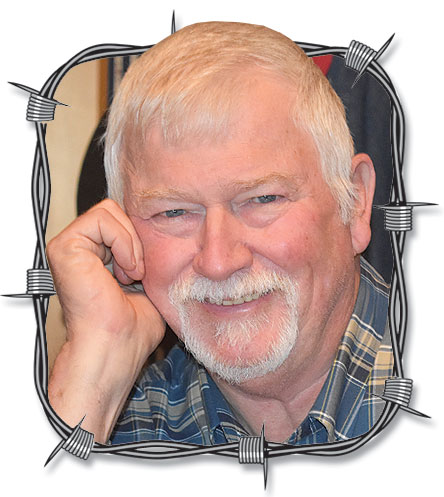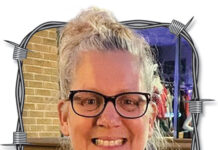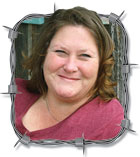By the time I reached high school at Fair Grove, I was yet to travel to a city larger than Springfield. Then came FFA.
Those familiar letters stood for Future Farmers of America in my day, and everyone of us figured that’s what we were – future farmers.
Most of us were well on our way to being farmers, already, the only difference being that it was Dad’s cows we milked, not our own, and we were in the process of changing that arrangement as we got older.
Being in FFA was almost exclusively about farming; ironically, though, one of my most memorable FFA experiences had little to do with cows, chickens or crops. It was my first trip to the big city.
The spring of my sophomore year, when I was a green-as-grass lad of 15, our FFA advisor, Mr. Stephen B. Wilson, loaded a bunch of us on a school bus and we headed up Interstate 44 to a place as foreign as most of us had ever seen – St. Louis.
I remember the ride up there for the hours of thumpity-thumping down stretches of old Route 66, and for the vineyards along the highway up around St. James. The most grape vines I’d ever seen were along Grandpa’s garden fence. I thought vineyards like those along the highway were only found in France, Italy or California. I was amazed, and we weren’t anywhere near the big city.
Mister Wilson, being an Air Force Reserve officer, was a man of the world, and as such had arranged accommodations for us in a worldly old hotel downtown. I think it was the DeSoto; but, it might have been some other Indian chief or automobile – the Pontiac, maybe.
Modest as it was, nothing would have suited us better. That night, while some of the other guys were testing the theory that warm water poured on a sleeping buddy’s wrist produces a corresponding physiological response in the victim, my friend Tommy Garton and I were hanging out the window, fascinated with lights, the noise of the street cars and the general clamor of the city.
Earlier in the day we’d been to the Chrysler plant, where we saw slant-six Dodge Darts rolling off the production line like candy out of a sack, and drooled over the acres and acres of new cars parked outside.
Downtown St. Louis at night was out of a different era. Leaning out the window of that musty old hotel and listening to the streetcars pass, it felt more like the Roosevelt’s 30s than Kennedy’s “New Frontier” 60s.
Down on the street, Tommy and I first found a store where we could buy a big can of peanuts, then headed to an old movie theater on the corner. Lawrence of Arabia had just been released.
I don’t recall the name of the theater, but it was one of those ornate cinema palaces from Hollywood’s golden age, but it had the most up-to-date wide screen that made the Arabian desert look as expansive as it must have looked to the heroic Lawrence as he raced his camel across the sands.
Tommy and I relished every bloody moment of it, and ate peanuts until we were sick. It was about as much fun as I’d ever had.
Later that night, being unable to sleep, with all those city lights, we got dressed and went back down to a corner drugstore, where a curmudgeonly old man grudgingly took our orders for hamburgers and chocolate malts. We returned shortly with our meals at about 2 a.m. I’m sure neither of us had ever done anything so peculiar.
That was the point. We were 15. We were country boys in the big city.
Besides, peanuts don’t hold a 15-year-old boy over for long. We were hungry.
The next day we piled on the bus and headed for our main destination – I’m sure the justification Mister Wilson offered the school for making the trip in the first place.
We went to the Ralston-Purina research farms. I kind of remember what the place looked like. It was hilly. What I recall best, however, were the eggs with green yolks and the chickens with colored feathers, achieved by putting dye in their feed. For years I wondered if I could do the same thing at home, but never had the nerve to experiment with it.
If it had worked, and ol’ Susan had commenced to giving blue milk, I’d have been in a fix. Dad was unhappy enough with me when a swift back leg turned the bucket brown.
In addition to memories, I brought home one tangible souvenir of that trip — a genuine stockman’s cane with the Purina checkerboard stamped on it. I have it in front of me now. It’s worn and faded, but I can still read the words, “Guest: Purina Research Farm Tour.”
Sixty-two years I’ve hung onto that cane, but no more dearly than the memories of a country boy’s first trip to the city.
A former feature writer for Ozarks Farm and Neighbor, Jim Hamilton is a retired newspaper editor/publisher. Hamilton was reared on a small dairy farm in Dallas County, Mo. Contact Jim at [email protected].







